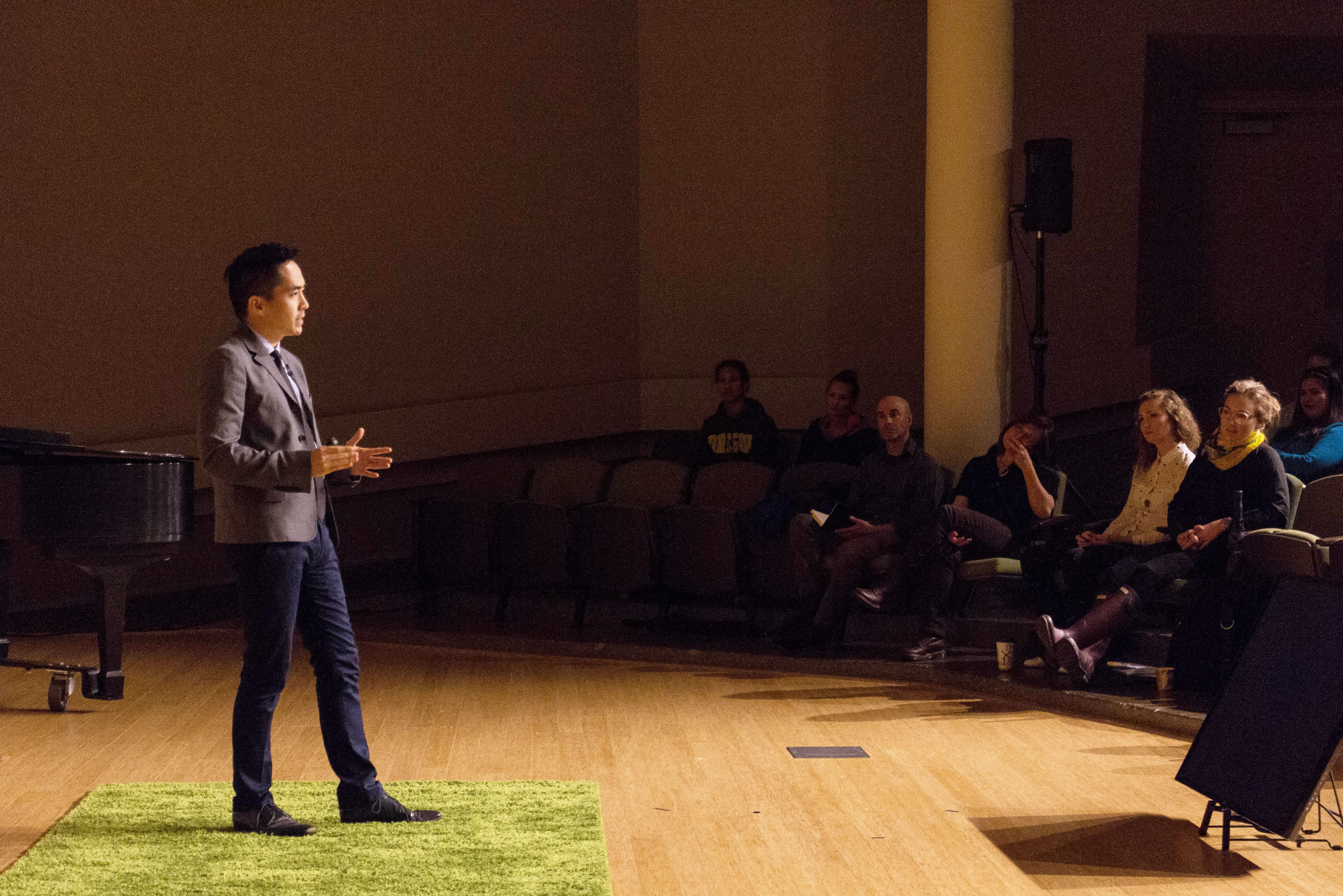A Portland State professor was awarded a $20,000 research fellowship for his project working to reevaluate the way earthquake-resistant concrete is connected in construction. Franz Rad, a professor of civil and environmental engineering, is heading the project, which will study the new use of a grouted connection with rebar in prestressed concrete, a type of concrete that is used to build high-rise buildings and is typically longer lasting than normal concrete.
New grant to study concrete
A Portland State professor was awarded a $20,000 research fellowship for his project working to reevaluate the way earthquake-resistant concrete is connected in construction.
Franz Rad, a professor of civil and environmental engineering, is heading the project, which will study the new use of a grouted connection with rebar in prestressed concrete, a type of concrete that is used to build high-rise buildings and is typically longer lasting than normal concrete.
Each set of prestressed concrete has in it a large hole that will be connected with a piece, or many pieces, of rebar-a type of steel bar used for construction reinforcement. After the rebar is in place, the hole is filled with grout and left to solidify.
Steel plates are now commonly welded or bolted into pre-cast sets of the prestressed concrete in the buildings. Mike Pyszka, a graduate student in the engineering program who is working with Rad on the project, said Rad’s process is simpler and cleaner than the steel plate method.
“It would kind of go together like pieces of a Lego,” Pyszka said.
The project will take place in the Portland State Seismic Testing and Applied Research Laboratory, a high-tech lab used for information gathering, synthesizing and interpretation. Rad and Pyszka said that the research they are doing on the grouted connection could save time and money for companies that make prestressed concrete.
Companies like Morse Bros. Inc., an aggregate service company that is working with Rad on the project, build units of prestressed concrete in their shops to transport to worksites for buildings. Rad’s project will be the application and assembly of this process-Morse Bros. will build the prestressed concrete units, while Rad and his colleagues will assemble all the components of the prestressed concrete using the grouted connection.
“We’ll be looking at different ways of attaching the individual components in the field,” Pyszka said.
Rad developed the concept of using the grouted connection in the prestressed concrete about three years ago, but this research fellowship is the first time he’ll be able to apply it.
“We have a very innovative concept at Portland State,” he said.
Rad said the project should begin within the next month and will last for about a year, though it might extend further and into other areas as research continues.
Rad received his Ph.D. in 1973 from the University of Texas, Austin. He has worked on numerous other seismic-related research projects at PSU. Pyszka received his bachelor’s degree from the PSU engineering department and is in the first year of the master’s degree program.




